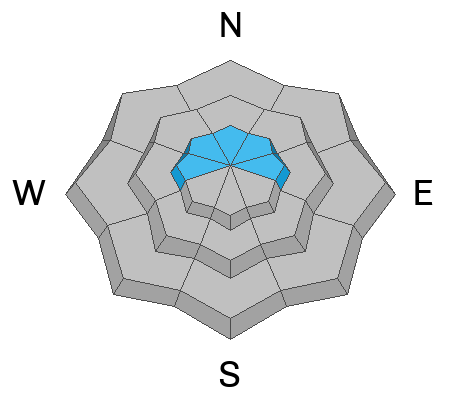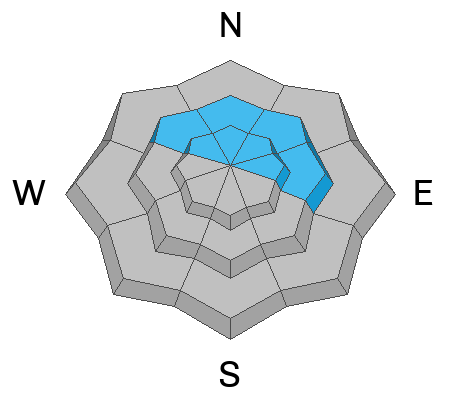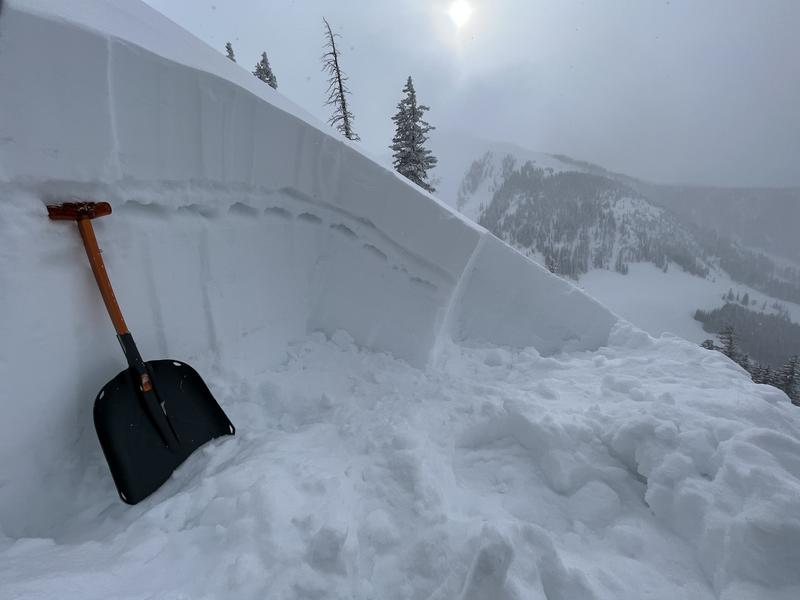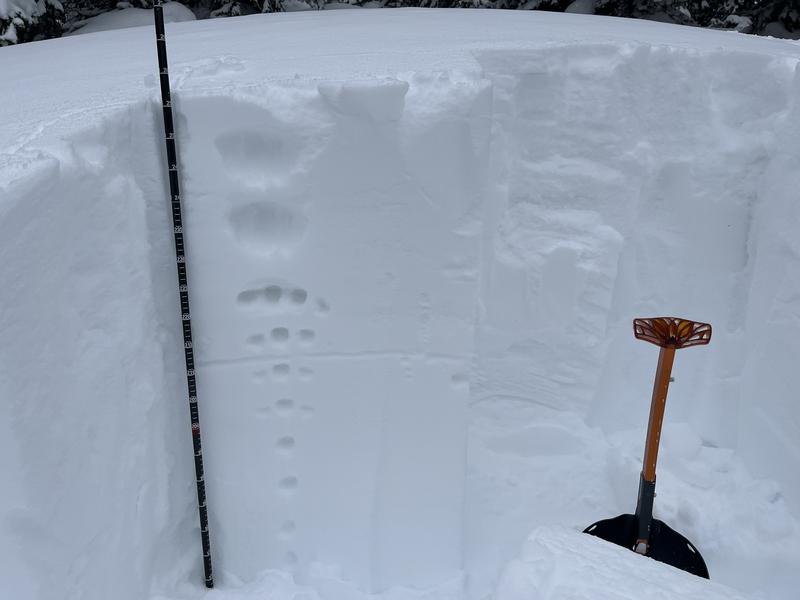Forecast for the Moab Area Mountains

Issued by Eric Trenbeath on
Saturday morning, February 18, 2023
Saturday morning, February 18, 2023
A MODERATE danger exists for human triggered avalanches involving soft slabs of wind drifted snow primarily on northerly aspects above treeline. In some areas, recent and older slabs may be overlying a layer of weak, sugary, faceted snow. Human triggered avalanches 1'-2' deep are possible in these areas. Most other terrain has generally LOW danger.

Low
Moderate
Considerable
High
Extreme
Learn how to read the forecast here











